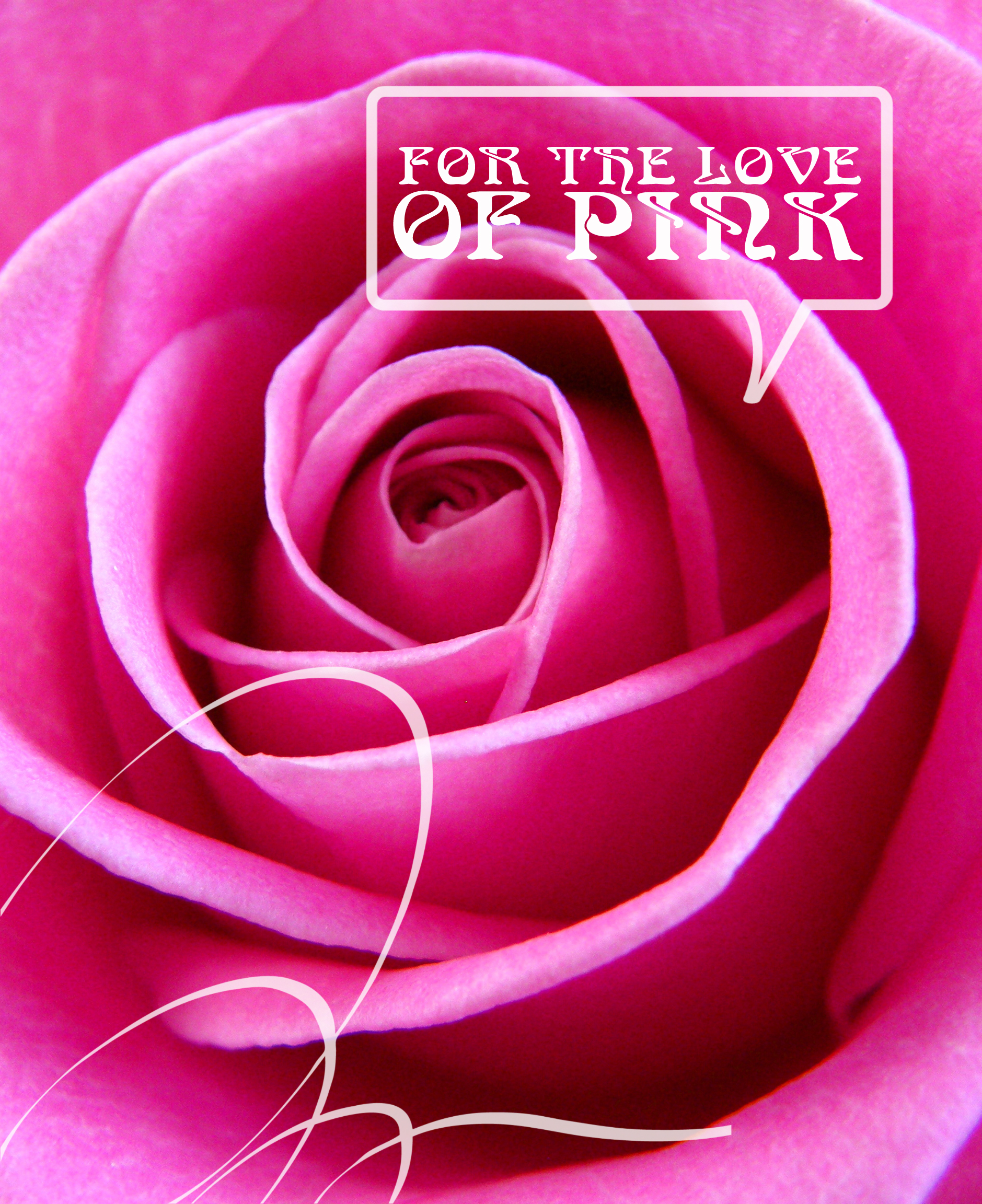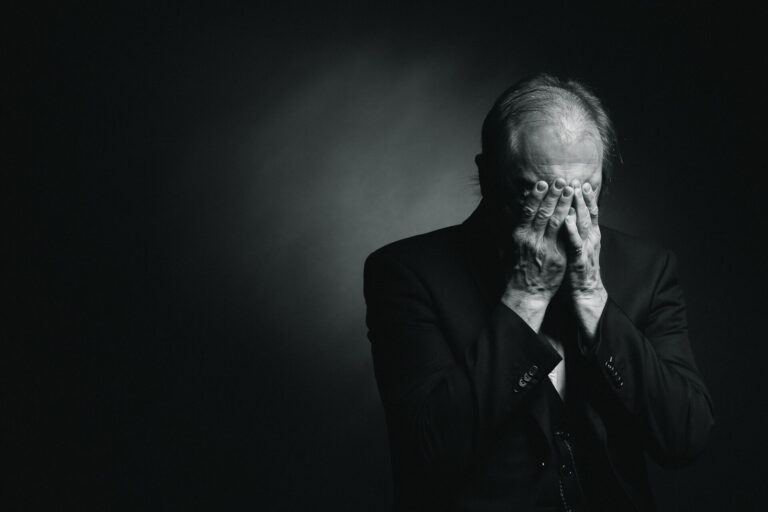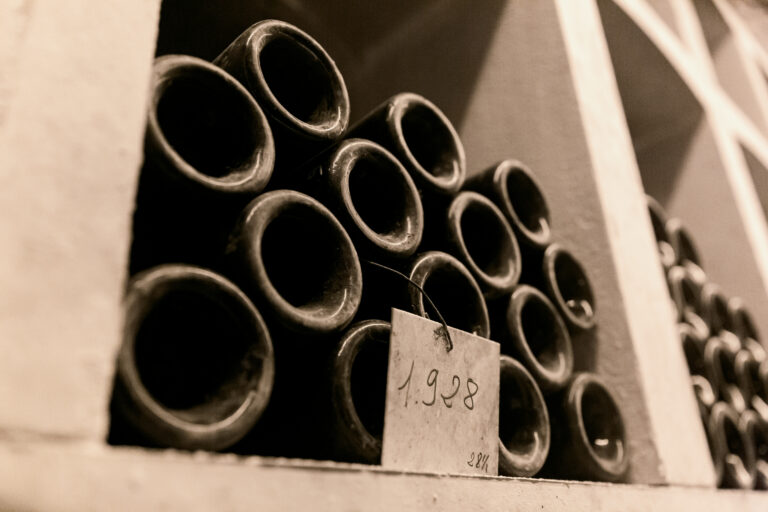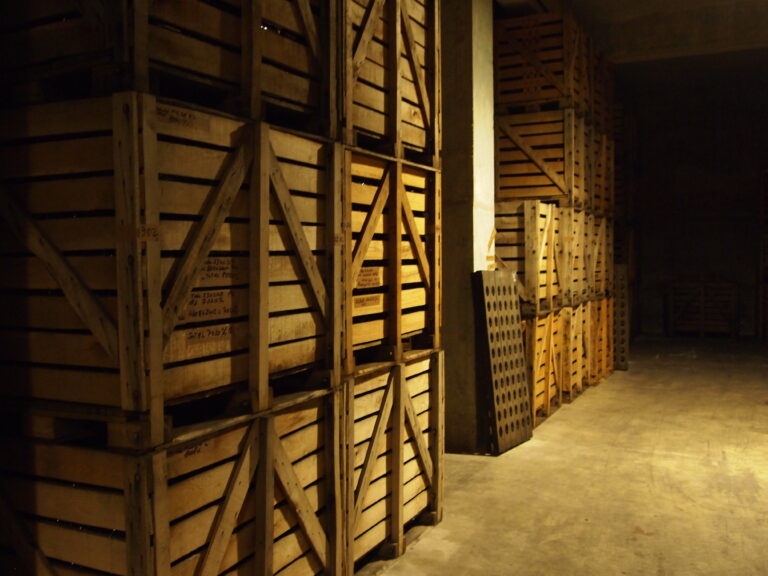While Valentine’s Day falls on February 14, the celebrations for it begin a week before with each day holding significance for people in love. [read the full champagne story]
Estimated reading time: 6 minutes

Unveiling the Enigmatic Background of Valentine’s Day
Valentine’s Day, celebrated on February 14th every year, is a day synonymous with love, affection, and romance. It’s a time when people express their heartfelt emotions to their loved ones through gifts, gestures, and acts of kindness. But what lies beneath this seemingly modern celebration? Delving into the annals of history unveils a rich tapestry of legends, traditions, and cultural influences that have shaped the background of Valentine’s Day into what we recognize today.
Ancient Origins
The origins of Valentine’s Day can be traced back to ancient Rome, where the festival of Lupercalia was celebrated from February 13th to 15th. This pagan festival honored Lupercus, the Roman god of fertility, and was marked by rituals intended to purify the city and promote health and fertility. One of the customs involved young men drawing names of women from a jar, with whom they would then spend the festival, sometimes leading to marriage.

The Influence of St. Valentine
The Christian influence on Valentine’s Day is attributed to one or more early Christian martyrs named St. Valentine. The most popular account suggests that St. Valentine was a Roman priest who defied Emperor Claudius II’s decree banning marriages for young men, as he believed that single men made better soldiers. St. Valentine continued to perform marriages in secret, for which he was eventually martyred. Another story portrays St. Valentine as a compassionate figure who helped Christians escape harsh Roman prisons. Despite the variations in the legends, St. Valentine became associated with love and romance, leading to his martyrdom being commemorated on February 14th.
Evolution of Valentine’s Day
The association between St. Valentine and romantic love gained prominence during the Middle Ages. It was in the 14th century that Geoffrey Chaucer, in his poem “Parliament of Fowls,” linked the feast day of St. Valentine with romantic love. Over time, Valentine’s Day evolved into a celebration where lovers expressed their affection through handwritten notes, known as “valentines.” The tradition gained momentum in the 18th century, with the exchange of cards and tokens of love becoming widespread across Europe.
Commercialization and Globalization
In the 19th century, the industrial revolution paved the way for mass-produced valentine cards, making them more accessible to the general public. The introduction of the postal service further popularized the tradition of sending valentine greetings. With the advent of the printing press and advancements in technology, Valentine’s Day cards became increasingly elaborate and adorned with symbols of love, such as hearts, Cupid, and flowers.
Today, Valentine’s Day is celebrated worldwide, transcending cultural and geographical boundaries. It has become a multi-billion-dollar industry, with retailers cashing in on the demand for flowers, chocolates, jewelry, and romantic getaways. While critics decry the commercialization of love, many still cherish the opportunity to express their feelings and strengthen their relationships on this special day.

Modern Celebrations
Contemporary celebrations of Valentine’s Day vary widely, ranging from intimate dinners and romantic getaways to simple gestures of affection. In addition to romantic partners, people also express love and appreciation for family members, friends, and even pets. The day is marked by acts of kindness, generosity, and thoughtfulness, emphasizing the universal nature of love and compassion.
Conclusion
The background of Valentine’s Day is a blend of ancient rituals, Christian traditions, literary influences, and commercial endeavors. Despite its complex origins, the essence of Valentine’s Day remains unchanged – a day dedicated to celebrating love, affection, and human connections. Whether through grand gestures or simple expressions of love, Valentine’s Day serves as a reminder to cherish and nurture the relationships that enrich our lives.

Why celebrate Valentines day with champagne?
Celebrating Valentine’s Day with champagne has become a tradition deeply intertwined with the romantic essence of the occasion. There are several reasons why champagne is often chosen as the drink of choice for this special day:
- Symbol of Celebration: Champagne is widely regarded as a symbol of celebration and luxury. Its effervescence, elegance, and association with special occasions make it a fitting choice for commemorating Valentine’s Day, a day dedicated to love and romance.
- Enhances Romantic Atmosphere: The popping of a champagne cork and the delicate bubbles dancing in the glass create an atmosphere of joy and festivity. The sight and sound of champagne being poured can enhance the romantic ambiance of Valentine’s Day celebrations, whether it’s a candlelit dinner or a romantic evening at home.
- Associations with Romance: Champagne has long been associated with romance and seduction. Its inclusion in romantic gestures, such as toasts, proposals, and intimate moments, reinforces its connection to love and passion.
- Complements Fine Dining: Many couples choose to indulge in a gourmet meal on Valentine’s Day, and champagne pairs exceptionally well with a variety of foods. Its acidity and effervescence can cleanse the palate between courses, while its versatility allows it to complement everything from appetizers to desserts.
- Adds a Touch of Glamour: Champagne is often perceived as a luxurious and sophisticated beverage, adding a touch of glamour to Valentine’s Day celebrations. Whether sipped from crystal flutes or enjoyed in a romantic setting, champagne elevates the experience and makes the occasion feel more special.
- Memorable Moments: Sharing a bottle of champagne on Valentine’s Day can create lasting memories for couples. The act of clinking glasses, making toasts, and savoring each sip can become cherished moments that couples fondly recall in the years to come.
In conclusion, celebrating Valentine’s Day with champagne has become a cherished tradition rooted in its association with celebration, romance, and luxury. Whether enjoyed as part of a romantic dinner or a cozy evening at home, champagne adds an extra layer of elegance and sophistication to the festivities, making it the perfect accompaniment for a day dedicated to love and affection.






